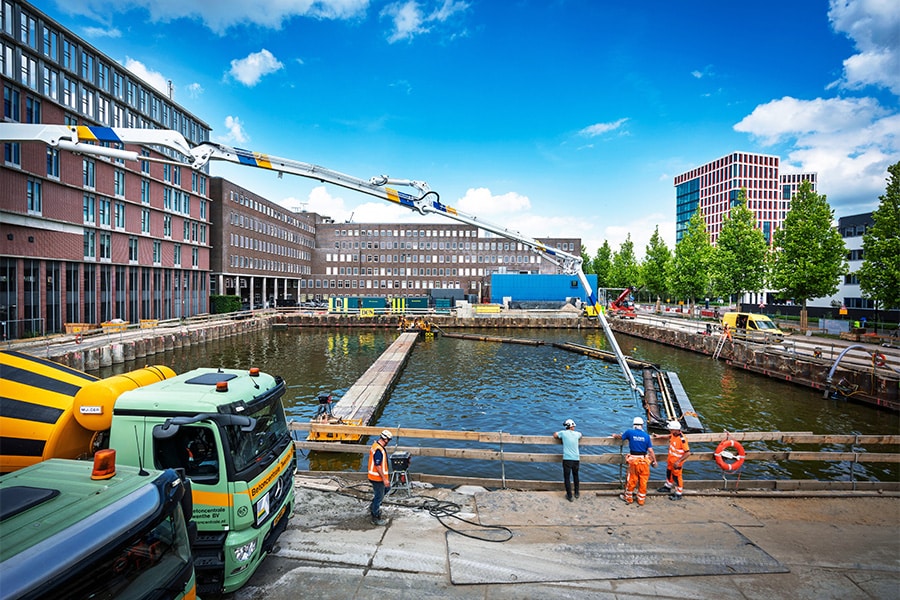
Recycled profiles, biobased primer and integral collaboration create paragon of circular construction
Anyone visiting the renovated Gouwehal in Waddinxveen today will see more than a sports complex. The project is an example of circular construction, where reuse of steel and integral collaboration were central. Dijkstaal played an important role in this. Project leader Roy van den Berg looks back on a project that required craftsmanship, patience and passion.
One of the biggest challenges with this project was the use of so-called ‘donor steel’: profiles released from demolished buildings. “We received a whole batch of steel full of mud, leaves and old paint. Among them were usable pieces, but also profiles that were permanently deformed, had welded-on plates or corner steels or were full of holes. So we first made a thorough selection: what can we use and what can't we use,” Van den Berg explains. There was another complication: some of the steel turned out to have been treated with chromium-6 and lead-based paint. “You can't just weld or grind on that. In the end it was decided to have everything blasted and then apply a bio-based primer. From then on, we were able to process the material further. Much was done by hand: sawing, grinding and applying plates. We could hardly use machines because of the already welded parts. It meant more production hours in the factory, but with a unique end result.”
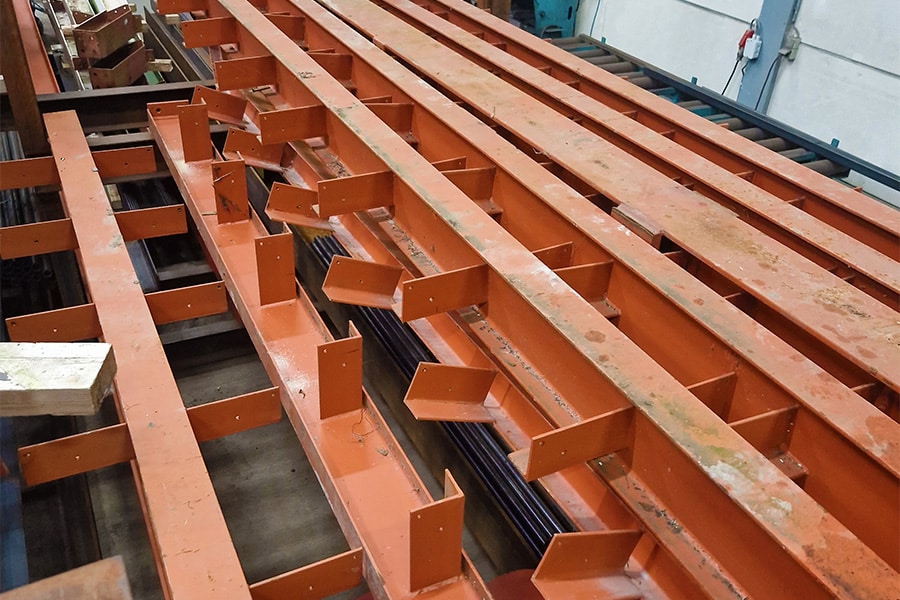
Visible circularity
The reuse was deliberately kept visible in the hall. The bleachers, locker rooms and corridor to the new gymnasium contain parts made of donor steel, recognizable by QR codes that visitors can scan to see the origin of the materials. “That makes it tangible: you see where the steel comes from and how it gets a second life,” Van den Berg said.
Because not all the intended donor steel became available, Dijkstaal, in consultation with architect Topos and contractor Den Dubbelden, opted for a creative solution: treating new steel as if it had been reused, so that the appearance remained uniform. “This keeps the whole thing consistent, without you seeing the difference between old and new,” says Dijkstaal.”
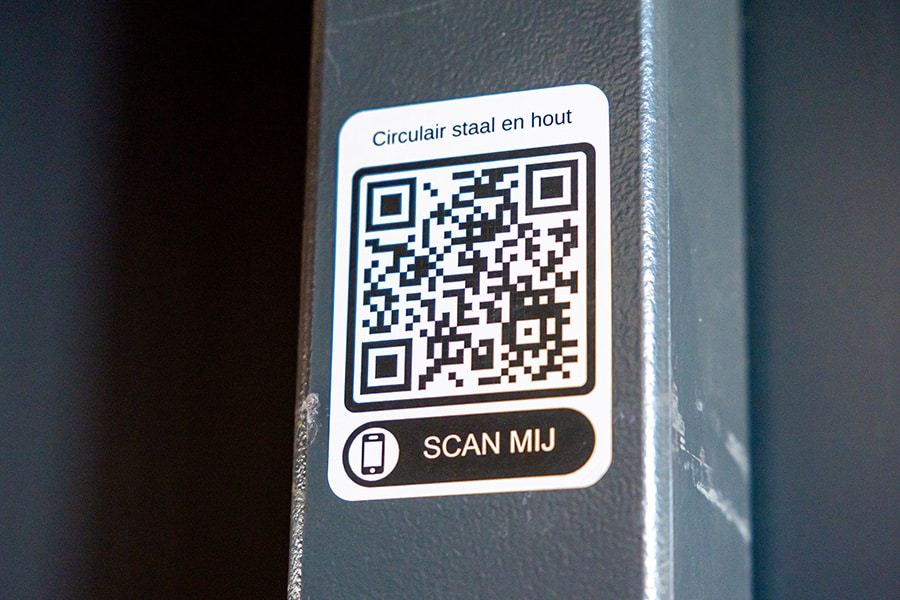
Collaboration and BIM
The complexity of this circular project required close collaboration. Topos acted as BIM coordinator, while contractors, facade builders and installers each contributed their 3D models. “BIM used to be a luxury, now it is an absolute necessity,” says Van den Berg. “Especially if you're working with reusable materials, you have to fine-tune everything exactly. ” Although there were discussions along the way, he speaks of a positive collaboration. “Without friction no shine. In the end you look back together on a special process that is only possible with good teamwork.”
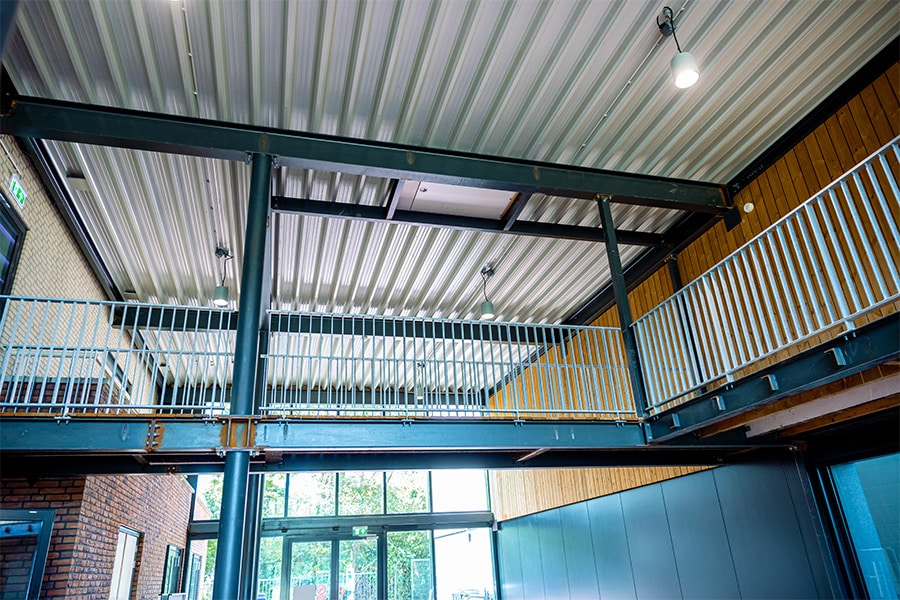
Value-added sustainability
The project illustrates that circularity is not always cheaper in practice. Extra hours, manual labor and treatments resulted in higher costs. Still, Dijkstaal sees the added value. “You make the transition visible. We previously won, back in 2018, the National Steel Award in the Sustainability category of Building with Steel with our contribution to the first truly circular construction project in the Netherlands: the Temporary Court in Amsterdam. This motivates us to take up these kinds of projects again. Sustainability is becoming increasingly important, and we want and need to do our part for our children and future generations.”
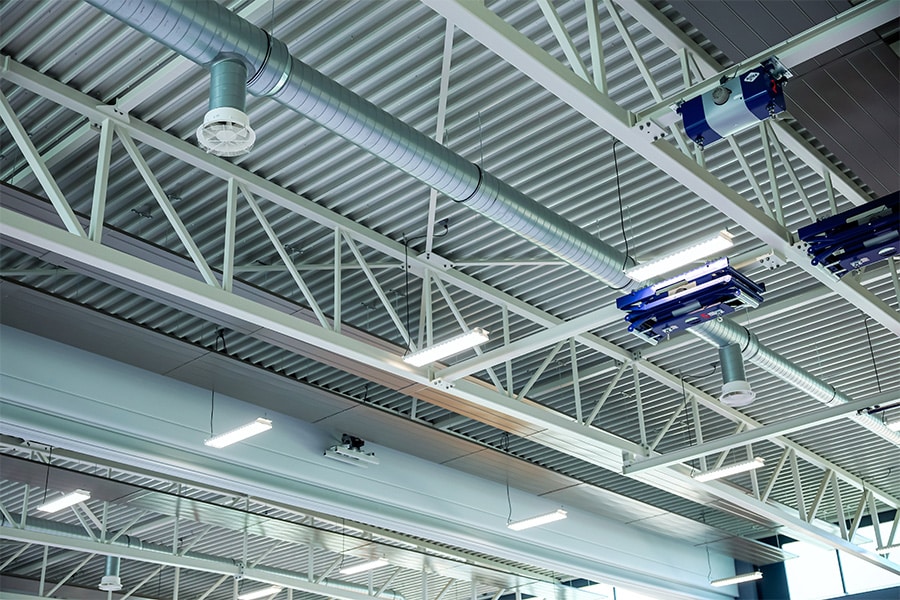
Proud of the overall picture
What Van den Berg is personally most proud of? “When you walk into the hall, you see the overall picture: the stand with visible old steel, the corridor and the QR codes that tell the history. It hasn't been a standard project. A year of blood, sweat and tears went into it and that makes the result all the more beautiful.”
The Gouwehal is more than a sports hall. It is ‘living’ proof that circular steel is not only technically possible, but also gives character to a building. Thanks to the commitment of partners and craftsmanship, Waddinxveen now has a sports facility that literally anchors sustainability in its construction.



